Last Updated on March 26, 2024
Killer cyborgs, A-list megastars, groundbreaking visual effects AND a kick-ass soundtrack! It can mean only one thing. Yes, that’s right, good friends of JoBlo, uber director James Cameron is back to show us exactly how to follow up one of the biggest smash hits of your career with a sequel that had to surpass the expectations of even the most hardcore fan of the original movie, and also show the world how to revolutionize modern VFX…Again. Cameron had already wowed audiences with The Terminator back in 1984 and had proven that he could create impressive sequels to existing sci-fi franchises with the action-heavy Aliens in 1986. He’d also made great strides with visual effects in 1989’s The Abyss so could his original vision of having a liquid terminator in the franchise really work?
That’s right, sci-fi fans, we’re giving one of the greatest sequels ever made a retrospective dissection to see whether it still gets a slowly melting thumbs-up or if it should be pulverized into the past like a T-800 endoskeleton. So, stop crushing those pull-ups and turn your copy of You Could Be Mine up to eleven as we re-appraise Cameron’s 1991 epic, Terminator 2: Judgement Day, here on REVISITED!
SET-UP: Up until the early 90s, sequels to hugely popular movies had been somewhat hit and miss. Of course, The Empire Strikes Back stands a good AT-AT size way above most other competitors in this regard, but that movie is an exception. The point is, it’s often difficult for directors to either find the inspiration to create follow-ups that surpass the original, or they lock horns with the studio due to the dreaded ‘creative differences’.
The aforementioned Aliens is obviously an example of sequels knocking it out of the park, but generally, the follow-up to a much-loved original can suffer from somewhat diminishing returns. Predator 2 was a fun departure from the first movie, as were Rocky 2, Temple of Doom, Ghostbusters 2, Gremlins 2, Mad Max 2 and Lethal Weapon 2 to name several examples. However, can we honestly say that any of those movies were better than their originals? On the flip side, the ’80s and early ’90s delivered some less-than-impressive sequels that should, perhaps, have stayed locked in development hell. We’re looking at you Caddyshack 2, Grease 2, Teen Wolf Too, Staying Alive, The Sting 2 , and perhaps even Arnie’s Conan the Destroyer.
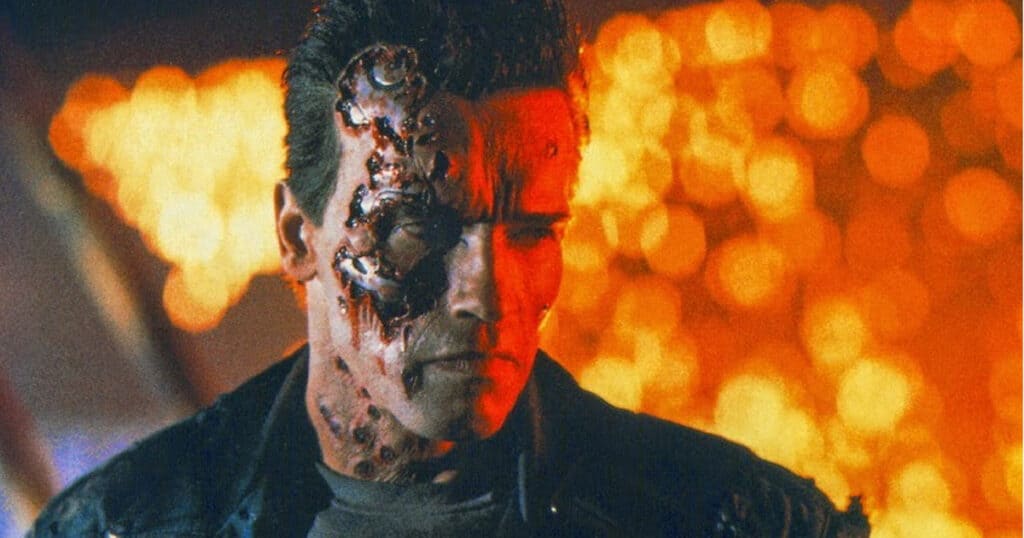
When The Terminator dropped into cinemas in 1984, like a time-travelling naked cyborg, it landed with a mighty thud that sent reverberations around all of Hollywood. Arnie’s rise as a bone-fide movie star was all but confirmed and James Cameron was starting to seriously turn the heads at the studios and amongst his peers. A franchise was launched and the inevitable talk of a sequel was already in the minds of all involved, especially Arnold Schwarzenegger. Cameron had always felt that the first movie was more or less a complete story but Arnie had bigger plans, and is quoted as saying, “I always felt we should continue the story. I told Cameron that right after we finished the first film”.
Discussions to make a sequel were ongoing but Cameron had some underwater business to finish with The Abyss, and had also previously been busy with face-huggers and xenomorphs in Aliens. There was also the sticky situation the production found itself in due to a dispute involving rights holder Hemdale Film Corporation. John Daly, the co-founder of Hemdale had apparently tried to alter the end of the original Terminator movie against Cameron’s wishes and their altercation almost became physical. Which, if you believe what other actors have said about James Cameron, and his apparently tetchy temperament, is easy to believe. The situation became even more complicated due to Hemdale owning 50% of the rights after Cameron had surrendered them to get The Terminator made. He had also sold the other half of the rights to producer and his ex-wife Gale Anne-Hurd for that measly $1, following their divorce in 1989. Ultimately, Arnie approached his regular collaborator, Carolco Pictures, to purchase the film rights from a struggling Hemdale and, after what was the most difficult acquisitions deal in the company’s history up until that point, all parties came to an agreement, involving a Titanic-sized boat load of cash, and the production eventually moved forward.
The movie’s release date was firmly set in stone by this point, so Cameron had a small window of just under two months to write the sequel. He brought his frequent writing partner, William Wisher, on board to help pen the movie and initially began working on the key relationship between future resistance leader, John Connor and the T-800; something that Wisher wasn’t altogether keen on to begin with. You can see why he’d have second thoughts; the first movie’s premise was more of a science fiction slasher flick and what Cameron was proposing was to bring more of a family dynamic into the narrative, that would also include a returning, more bad-ass, Sarah Connor.
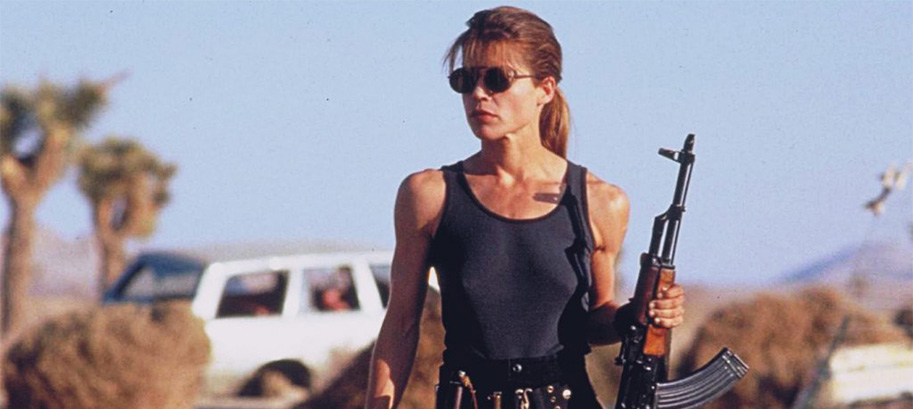
Wisher and Cameron discussed several ideas for the sequel during that early script-writing process. Cameron was keen to have Skynet and the resistance send two terminators back in time, one to protect John and the other to kill him, however, Wisher thought that a battle between two identical T-800s would be boring. Which it probably would to be honest. The pair also considered introducing a huge ‘Super Terminator’ but again decided that it would be an uninteresting development for the franchise, and instead went back to Cameron’s liquid metal concept he considered for the original film. Ultimately, as we all know, that idea was a masterstroke and Cameron and Wisher both agreed that the T-1000 should take the form of a police officer, so that it could operate with less suspicion. The overall look and behaviour of the killing machine is the perfect foil to Arnie’s T-800, and still looks great today. Intriguingly, there was no back up plan in case the visual effects for the T-1000 couldn’t be rendered, and it took a team of thirty five people at Industrial Light and Magic to produce the five minutes of screen time in which the T-1000’s effects would appear. Ultimately, It was time and effort well spent.
The eventual plot of the movie sees the action shift ten years from the events of The Terminator, and the future leader of the resistance against the machines, John Connor, is now a young lad, bombing around on his little Honda motorcycle, stealing money from cash machines and rocking out to Guns n’ Roses. Evil future AI giant Skynet sends a new, more high tech, terminator to kill little John, while the resistance sends a re-programmed ‘good’ T-800 back in time to protect him and his mother, Sarah Connor. Trouble is, Sarah’s been incarcerated in a state hospital for her violent efforts to stop ‘Judgment Day’, a prophecy that will see Skynet gain sentience and incite a nuclear holocaust.
As well as the essential return of Arnie, as the now good T-800, and Linda Hamilton as Sarah Connor, the movie also introduces several other very memorable additions to its roster of talent. Most notable is Robert Patrick as the lithe, master of disguise ‘evil’ T-1000 that’s sent back in time to kill poor little John Connor. His emotionless, and largely mute performance, is excellent and his tall, agile frame works perfectly for the character. Joining the principal cast is Edward Furlong as future leader of the human resistance, John Connor. Furlong’s portrayal of John Connor was multifaceted. He seamlessly transitioned from the rebellious, street-smart kid we first meet, to showing moments of vulnerability, adding depth to a character burdened with an extraordinary destiny. His chemistry with Arnie’s Terminator worked well, delivering both poignant and lighthearted moments that became integral to the film’s emotional core.
The movie also boasts some excellent casting, away from the main players. The great Earl Boen, best known previously for his TV work, appears as Sarah’s doctor in the state hospital she’s incarcerated in. Joe Morton plays a pivotal role as Miles Bennett Dyson, the director of special projects at Cyberdyne Systems Corporation who unwittingly helps to start the robot uprising and the beginning of Skynet. Nice one Miles. Jenette Goldstein, who played the tough as nails Private Vasquez for Cameron in Aliens appears as John’s foster mother, while 24 star Xander Berkeley plays her partner. Also notable, mainly for his awesome mullet and a penchant for rockin’ out to Guns n’ Roses, is Danny Cooksey as John’s friend Tim. Linda Hamilton’s twin sister, Leslie, also makes an appearance on screen with her sister in a scene in which the T-1000 impersonates Sarah Connor. Michael Beihn also reprised his role as Kyle Reese in several scenes, but they were ultimately cut from the theatrical version of the movie. However, check out the director’s cut, or simply search YouTube and you’ll find his scenes.
REVIEW: When the movie first hit cinemas in 1991, it came with a tsunami sized level of expectation from fans of the original. Nowadays, movie marketing is everywhere, and the studios often throw most of a new film’s key sequences and plot points in the trailers. Terminator 2’s marketing campaign surprised quite a few people in the run-up to the movie’s release by unveiling Arnie’s T-800 as the good guy, and not the main villain like he was in the original. It was a bold movie but one that worked, and James Cameron has since admitted he didn’t keep the sequels biggest twist a secret on purpose, arguing that, “He’s revealed as the Protector at the end of Act One. And I always feel you lead with your strongest story element in selling a movie.” The bold marketing choice worked well and Cameron, along with his partners at Carolco, made the right call, especially as it gives the superbly rendered T-1000 the limelight as the main antagonist.
However, did the movie manage to not only live up to its groundbreaking original while expanding upon the mythology laid out in part one, AND also push the boundaries of visual effects? The resounding answer to this is, hell yeah! The decision to move away from the slasher element of part one may have been to the detriment of the franchise post-T2, but the sequel works perfectly by shifting the tone in a slightly different direction. It opens much like part one, with Arnie’s gargantuan cyborg and Robert Patrick’s mysterious figure being catapulted back from the future. Patrick’s T-1000 is fresh-faced and looks harmless enough in his cop get-up and the twist, that we all saw coming of course, leads to some great sequences; The T-800, ‘persuading’ some bikers that he needs their clothes, or when the T-1000 takes out a hospital guard with one of his inventive ‘weapons’.
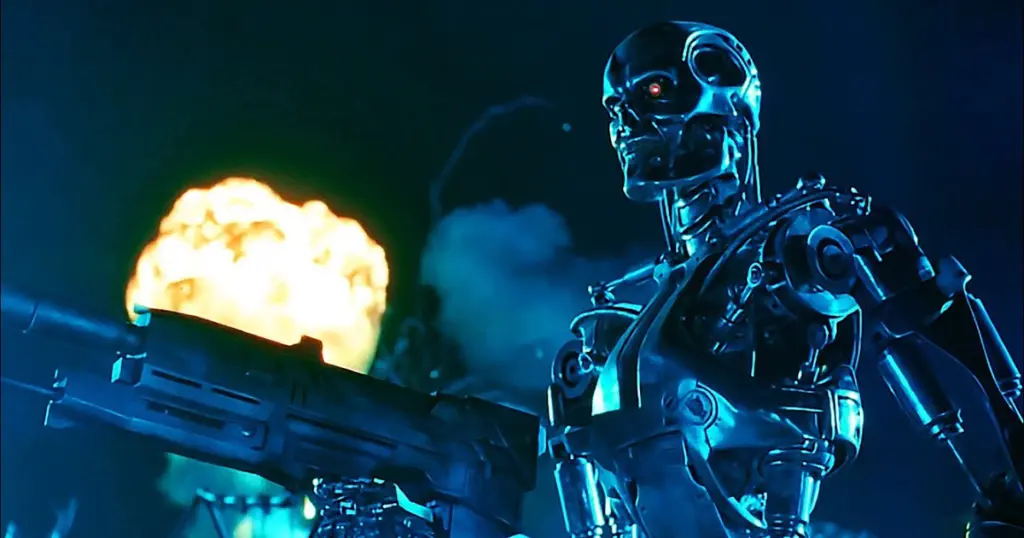
The visual effects were a staggering achievement at the time, and Patrick’s liquid metal villain looks as astonishing as he is surreal; his face and body being blown apart by shotguns, only to quietly repair itself moments later. It’s one of the great movie monsters ever created and you can see where the reported $100 million budget went. Alongside the wrecked buildings, exploding vehicles and numerous shootouts of course. Cameron’s script manages to deftly handle the all important character and story beats in the first two thirds of the movie, allowing the final section to one-up itself with set piece after set piece. The original movie may have been thematically more interesting, but T2 does exactly what a Terminator sequel should do; provide some absolutely kick-ass entertainment.
LEGACY / NOW:
Terminator 2: Judgment Day was released over the Independence Day weekend in 1991 and grossed $52.3 million from Wednesday 3rd to Sunday 7th July, making it the second highest opening five day total of all time, behind Tim Burton’s Batman. It also set a record for the highest opening for an R-rated movie, with word of mouth being a major contributing factor in its longevity and success at the box-office. Also, despite being an R-rated film, kids were getting in to see the movie somehow, with reports of young-ungs skateboarding up to ticket booths, desperate to see the movie. Its estimated final world-wide gross is somewhere between $519 – $520.9 million, making it the year’s most successful film at the box-office.
Perhaps unsurprisingly, the movie was released to world-wide acclaim, both by critics and fans alike. Front and centre for the praise were the revolutionary visual effects and in particular the T-1000, which was described as a “technological wonder”, while other publications praised Cameron’s direction, and suggested that his ability to realize cinematic action was unmatched. Most critics also agreed that the narrative was stronger in the first two thirds of the movie, especially the emotional pull in the concept of a boy finding a father figure in the terminator. The end of the movie has the slightly cheesy ‘thumbs up’ moment when the terminator sacrifices itself, but you’ve got to have a heart of stone to not feel something for what Connor has found and ultimately lost at the end of the movie.
The movie not only impressed critics but also went on to pick up many accolades, including gongs at the Saturn Awards, the BAFTAs and also the Academy Awards, to name just several examples of the film’s achievements. We could write and talk about Terminator 2 for hours, such is the vast scope of not only the films’ mythology but also its potential for future instalments. Which, all being well we’ll cover here on Revisited down the line of Arnie’s movies because, with such a strong part two, they couldn’t f*ck up part three…Surely. As ever, YOUR opinion is the most important one to us here at JoBlo, so let us know your thoughts on T2 in the comments section, and until next time, hasta la vista, baby!




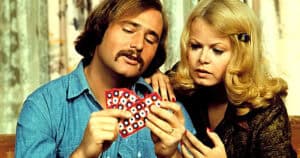
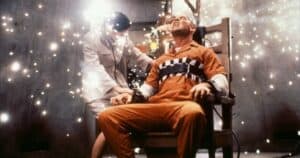
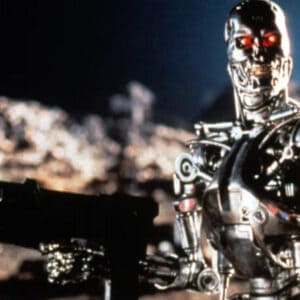




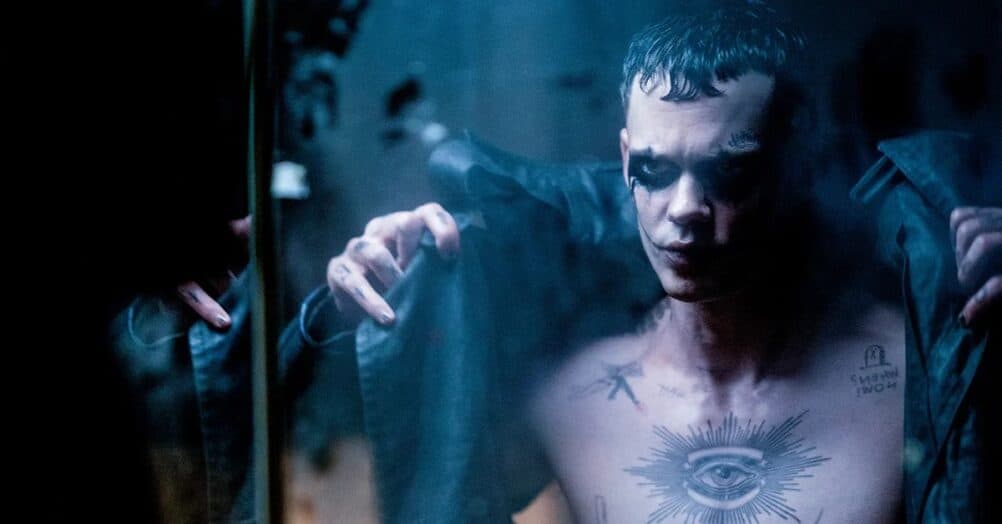
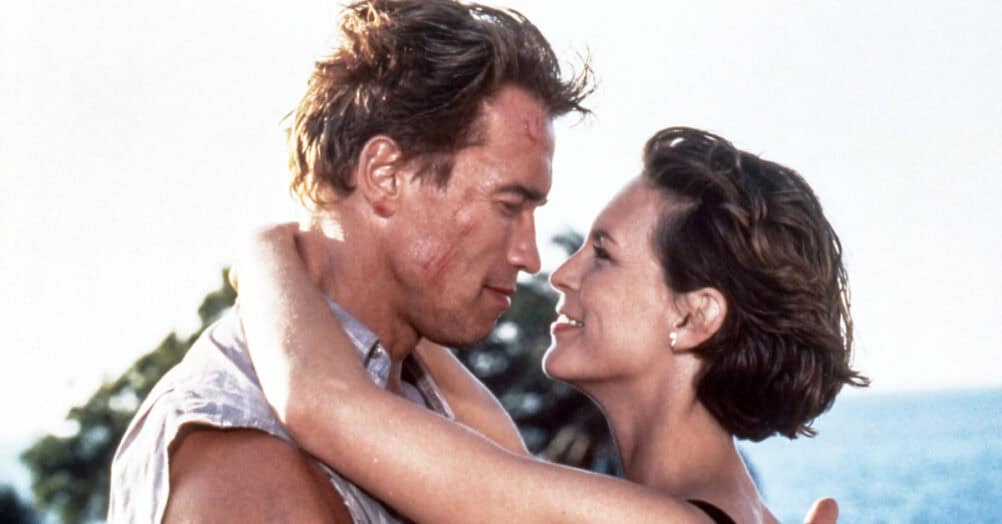
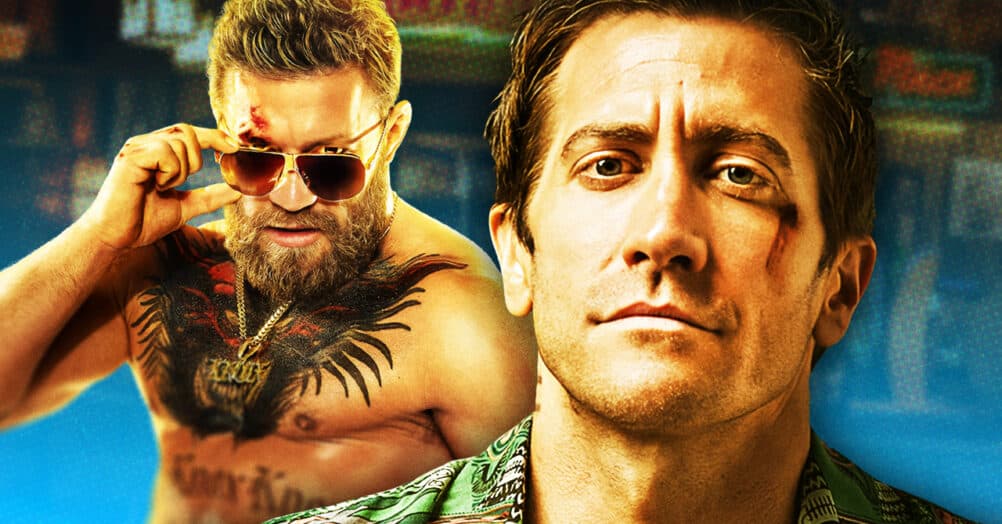

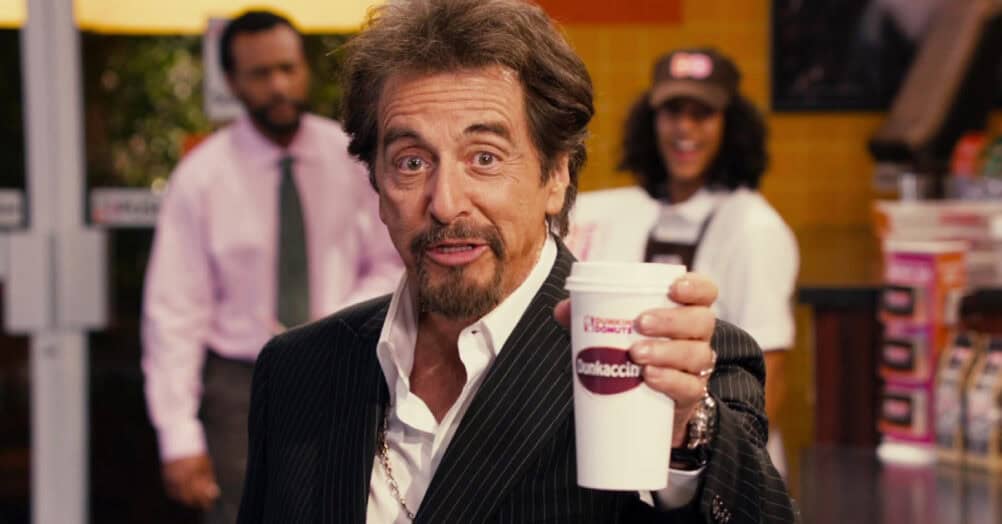
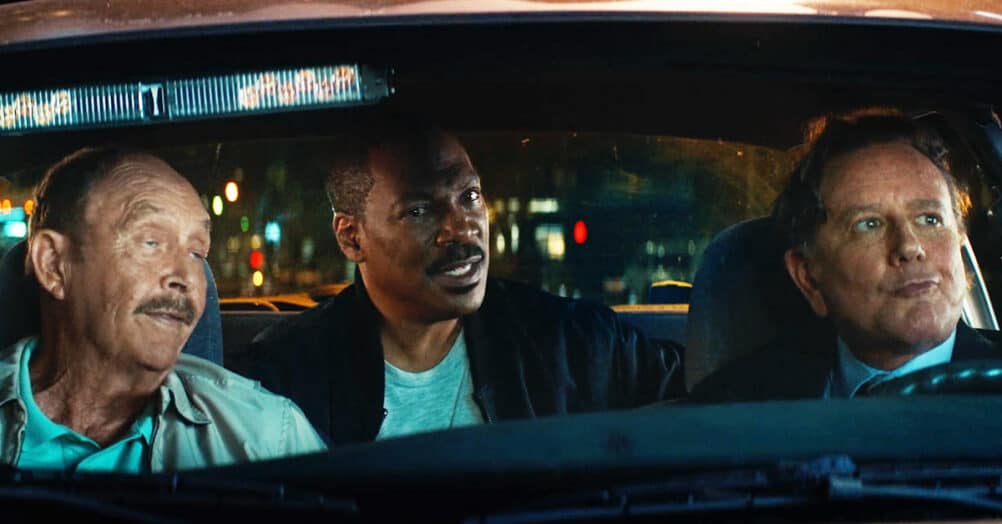

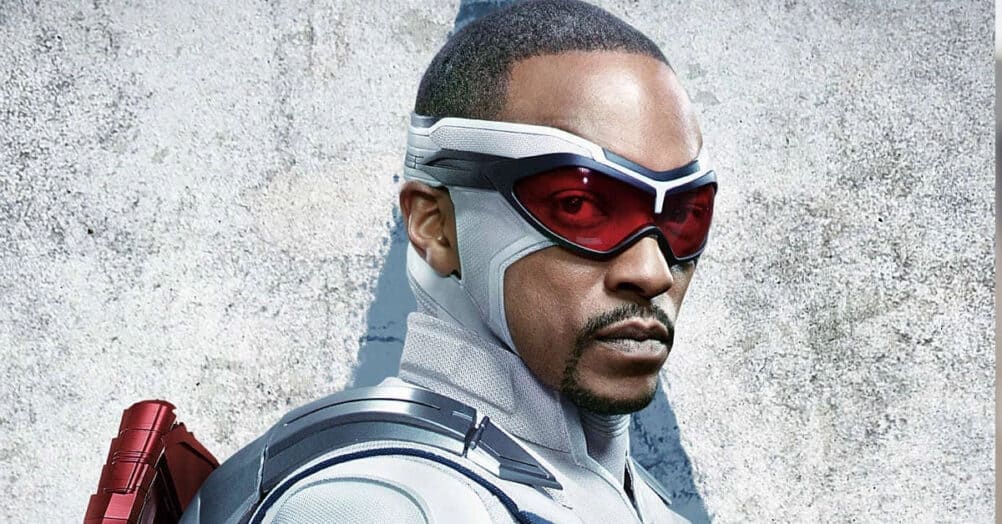
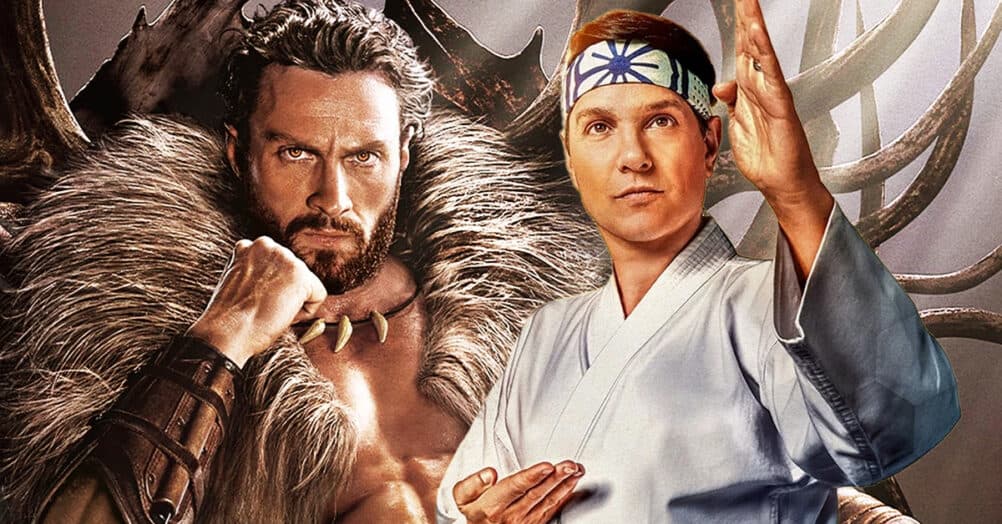
Follow the JOBLO MOVIE NETWORK
Follow us on YOUTUBE
Follow ARROW IN THE HEAD
Follow AITH on YOUTUBE